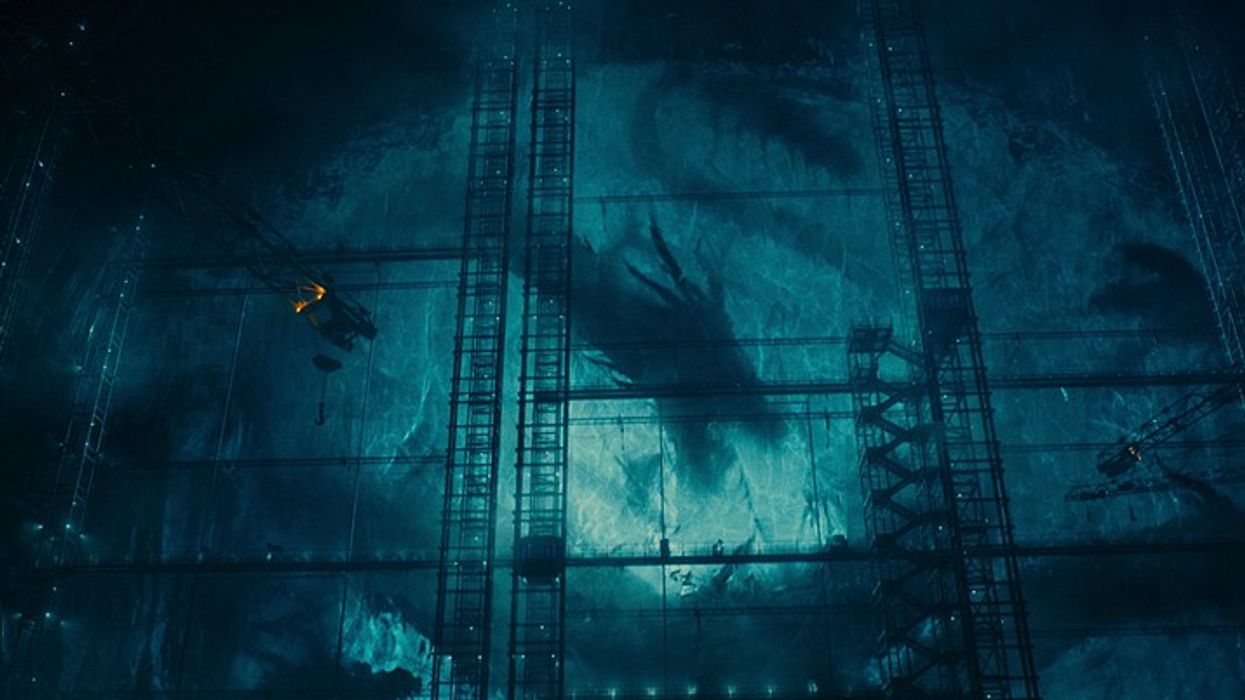Will the Apple Vision Pro Save 3D Movies?
...or will they be called spatial movies now?

WWDC 2023 dropped more than one bombshell. Not only did creatives get the M2 Ultra, but it also came with a shiny new Mac Pro. There was even a new 15” MacBook Air with M2.
But the biggest drop of the show had to be the Apple Vision Pro, a virtual/augmented reality headset that Apple called a spatial computer.
Thanks to Sigmund Judge of ScreenTimes, we have confirmation that the upcoming Monarch: Legacy of Monsters, a series about Godzilla and other monsters of that story universe, will be shot on Apple’s Spatial Video format. This will make it the first show to be captured for use on the VR/AR headset.
Spatial What?
The Apple Vision Pro is an upcoming $3,499 headset that the company hopes will revolutionize how users will interact with AR and VR tools. With a completely new operating system called VisionOS and a slew of sensors to track your eyes and fingers, the Vision Pro really is the top tier of VR/AR tech–at least on paper.

Dubbing the name Spatial Computing instead of virtual or augmented reality, Apple is giving the tried and true technology a new spin. Call it whatever you want, the Vision Pro is just an augmented reality headset with partial VR capabilities.
Apple has always labeled things a bit differently, either in an attempt to control the narrative or to give their version of common tech a unique and premium feel.
Talk Nerdy To Me
Monarch: Legacy of Monsters will feature Godzilla and other kaiju creatures like King Kong. According to Judge, this series has already been filmed using Apple’s Spatial Video format. Unfortunately, he didn’t elaborate on what this new format is.
This is where Apple’s developer videos come in handy. According to the page on delivering video content for spatial experiences, the new Spatial Video Format could be a multi-view version of traditional HEVC, called MV-HEVC or MultiView High-Efficiency Video Coding.

It seems that Apple’s goal for spatial content is to have the same content be viewable as 2D and 3D from the same video file. This is done by encoding both frames of the 3D version into one frame, which is then split between the two “eyes” of the headset. When viewing this content in 2D, only one eye of frames is shown, making it seems like a 2D plane. By activating the second set of frames in the other eye of the headset, the content is then viewable in 3D.
There’s a lot more to dig into, so do give the full video a watch if you’re curious about the approach Apple has to 3D content delivery.
The Future of 3D Movies
Will Vision Pro make 3D movies a thing again? As much as the technology offers a unique way to view a movie, the death of 3D TVs pretty much tells us how the collective moviegoing audience feels about it.
Virtual and augmented reality headsets provide a more personal viewing experience that may be what 3D needs to finally succeed. However, that will only work if the headset is comfortable, and, from what we’ve been hearing, the Vision Pro is a heavy piece of kit. How comfortable it’ll be to wear for the length of a movie remains to be seen.
What do you think? Will you want to watch this upcoming series on Vision Pro? Let us know in the comments!











